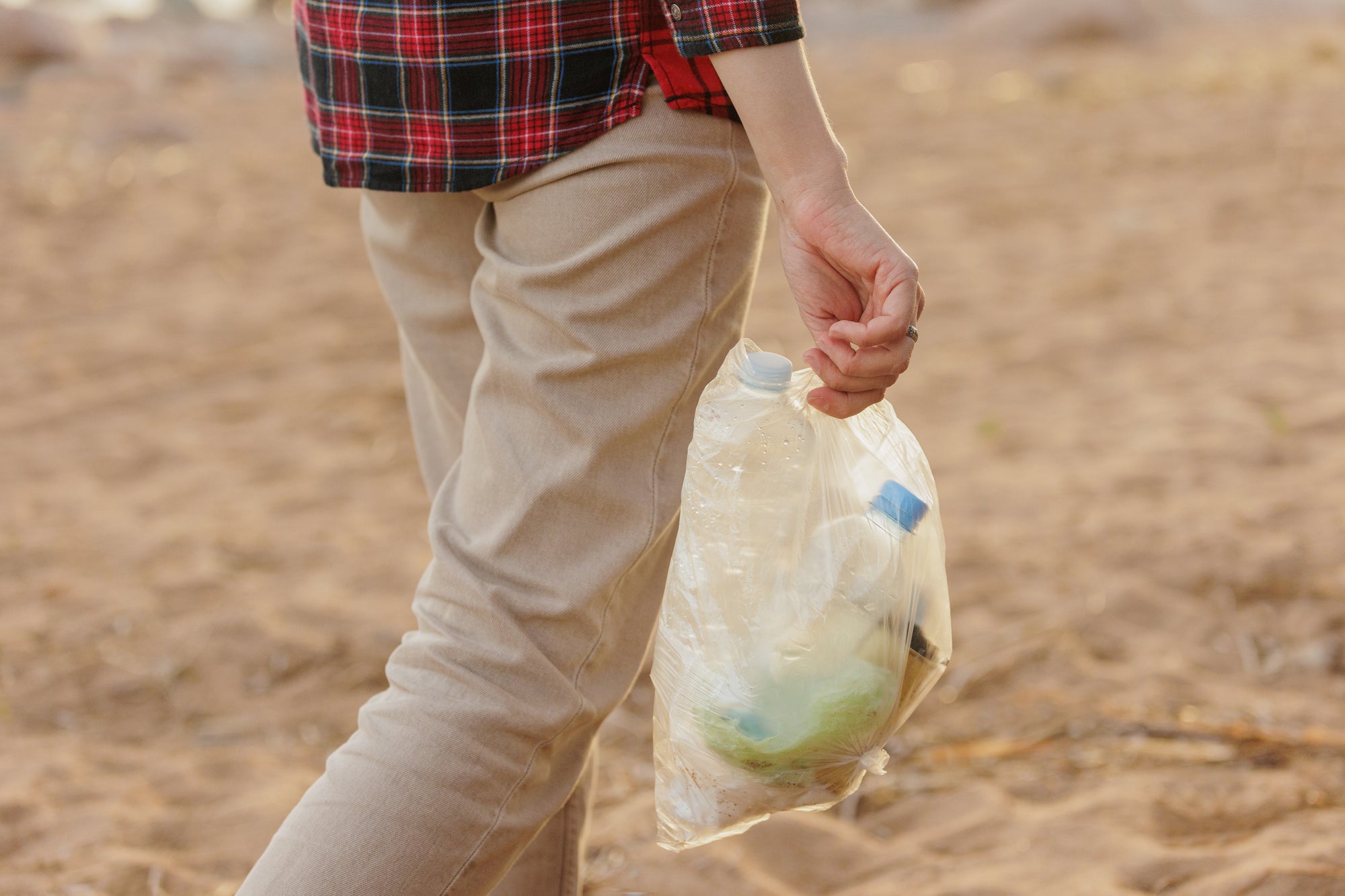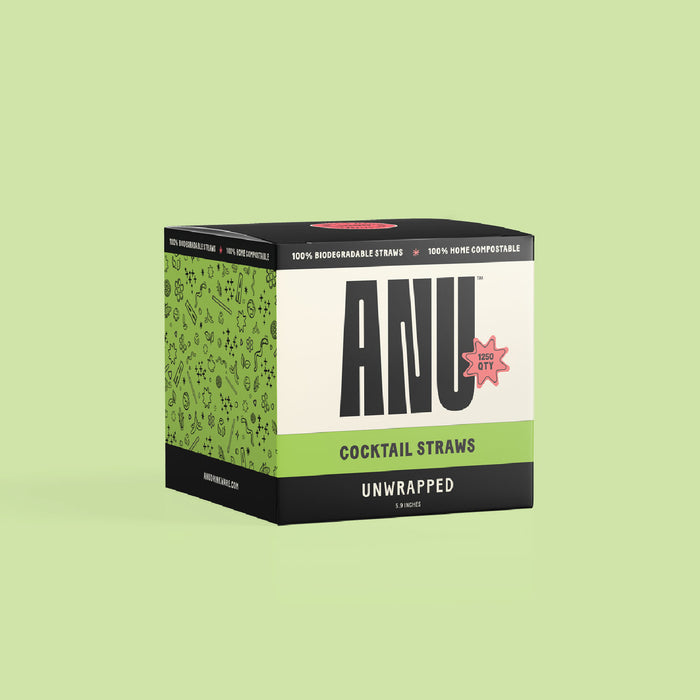

The Plastic Dilemma: Comparing the Environmental Impact of Plastics and the Advantages of PHA
Plastics have long been a staple in the foodservice world due to their convenience, versatility, and affordability. However, as global plastic pollution continues to escalate, an urgent need for environmentally-friendly alternatives has emerged. Although there are numerous types of plastics, their environmental impact varies greatly and understanding which options are more sustainable is crucial. Enter polyhydroxyalkanoates (PHA) – an innovative, plant-based material offering a more responsible, eco-friendly solution. Plant-based, no waste.
In this article, we will delve into the environmental impact of different types of plastics commonly used in the foodservice industry, from traditional single-use petroleum-based plastics to biodegradable and compostable alternatives. By comparing their respective impacts on the planet, we will uncover the advantages of choosing PHA as a superior choice for eco-conscious restaurants, bars, and foodservice establishments.
An In-Depth Look at Common Plastics
Before we dive into the benefits of PHA, let's explore some of the most prevalent types of plastic used in the foodservice industry and their environmental impact:
- PET (Polyethylene Terephthalate): Commonly used for beverage bottles and food packaging, PET is lightweight, durable, and often labeled as recyclable. However, it's important to note that recycling rates for PET remain quite low, with the majority of PET products ending up in landfills or oceans.
- PS (Polystyrene): This petroleum-based plastic, found in products like disposable cups and takeout containers, is notorious for its negative environmental effects. It is resistant to biodegradation and exhibits toxic qualities when it breaks down, harming marine ecosystems and wildlife.
- PLA (Polylactic Acid): Derived from renewable resources like cornstarch, PLA serves as an alternative to petroleum-based plastics. It is marketed as biodegradable, but its breakdown process requires specific industrial composting conditions, often not widely available.
Evaluating the Environmental Impact
Now that we have an understanding of the common plastics, let’s look at three crucial factors that influence their environmental impact:
- Production: Traditional plastics, like PET and PS, rely on finite fossil fuels and produce greenhouse gas emissions during manufacturing. In contrast, PLA offers a more sustainable production process, as it derives from renewable resources.
- Waste Accumulation: Petroleum-based plastics contribute to massive waste accumulation due to their resistance to biodegradation. In the case of PLA, while it is more eco-friendly compared to PET and PS, its limited end-of-life solutions mean the majority of PLA products still wind up in landfills.
- End-of-Life Disposal: With low recycling rates for PET and no feasible recycling option for PS, these plastics persist as waste in ecosystems. PLA can be processed through industrial composting, but these facilities remain scarce, limiting its ideal end-of-life management.
Introducing Polyhydroxyalkanoates (PHA)
As the search for sustainable alternatives to plastic continues, polyhydroxyalkanoates (PHA) emerge as a game-changing material due to its eco-friendly properties and the advantages it offers:
- Sustainable Production: PHA is produced from plant-based materials through the fermentation process, which requires fewer resources and generates less greenhouse gas emissions than petroleum-based plastics.
- Biodegradability: PHA is 100% biodegradable, breaking down into its natural components under a variety of conditions, from soil and marine environments to wastewater treatment plants. Consequently, PHA helps reduce plastic pollution in ecosystems.
- Compatibility with Existing Manufacturing Processes: Unlike other biodegradable plastics, PHA can easily integrate into existing manufacturing processes, making it a cost-effective alternative for businesses looking to embrace sustainable practices.
The Advantages of Choosing PHA
With its eco-friendly properties and impressive benefits, PHA represents a superior choice for restaurants, bars, and foodservice establishments aiming to reduce their environmental impact:
- Consciously Convenient: PHA-based products, such as compostable cocktail straws and disposable drinkware, offer the convenience and performance of traditional plastic, ensuring a familiar user experience while actively combating global plastic pollution.
- Positive Brand Image: By embracing PHA, businesses can demonstrate their commitment to sustainability and differentiate themselves in the highly competitive foodservice market, attracting eco-conscious customers.
- Aligning with Industry Trends: As regulations on single-use plastic become more stringent and consumer preferences shift toward sustainable choices, opting for PHA enables businesses to stay ahead of the curve and adapt to the evolving landscape of the foodservice industry.
Conclusion
Understanding the environmental impact of different types of plastics is crucial for businesses looking to reduce their eco-footprint and embrace sustainability. As we've seen, the innovative, plant-based material, PHA, emerges as an incomparable choice when comparing the production, waste accumulation, and end-of-life disposal of common plastics.
By choosing PHA compostable drinkware and straws, foodservice establishments can play an active role in combating pollution, fostering a more responsible, environmentally-conscious industry. As a leader in eco-friendly alternatives, Anu Drinkware offers a robust selection of versatile, biodegradable products designed for a sustainable foodservice experience.
Embark on your journey toward a greener future with Anu Drinkware, transforming your establishment into a celebration of environmentally-friendly practices that are not only beneficial for our planet but also vital for the long-term success and growth of your business. Consciously convenient, every step of the way.



